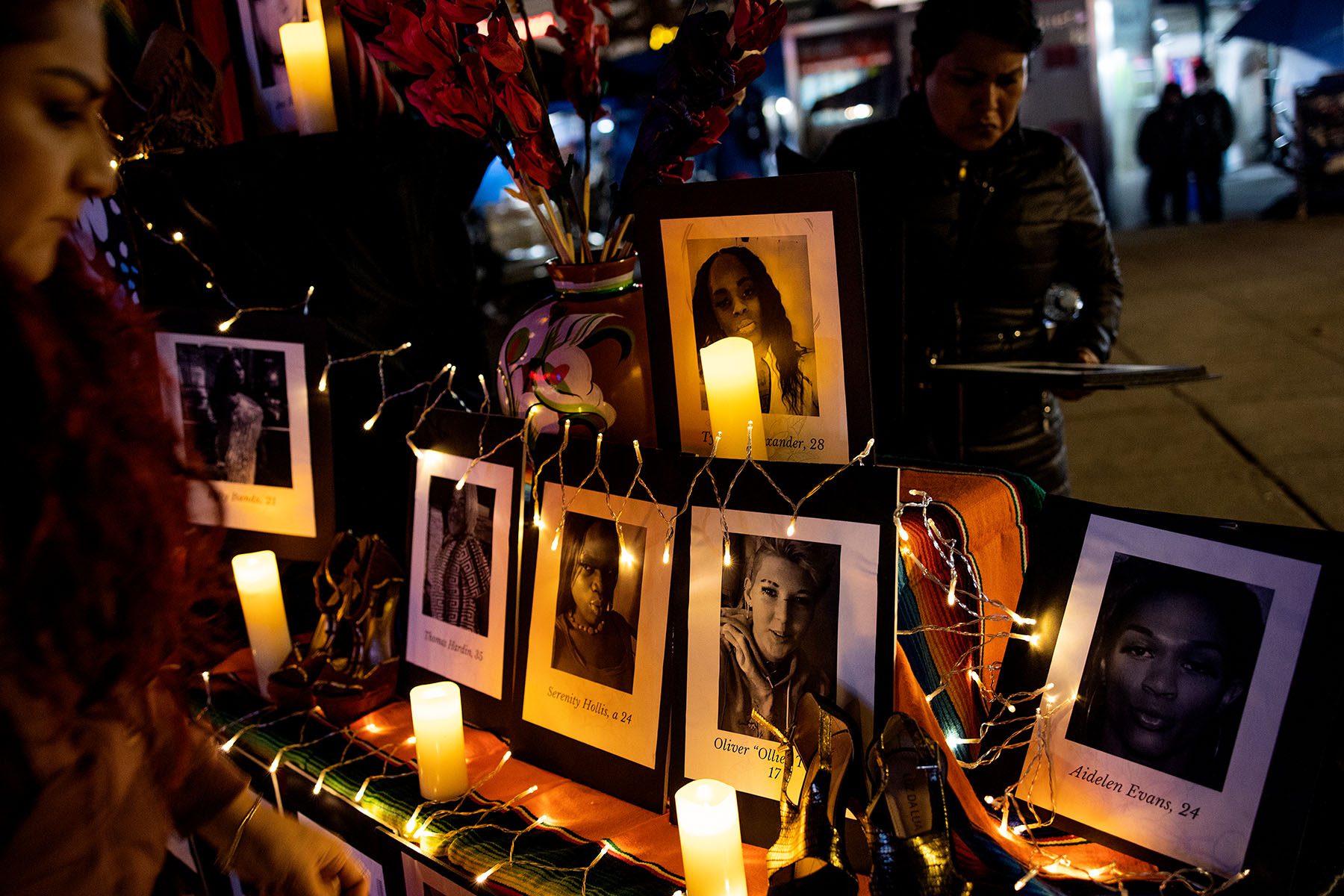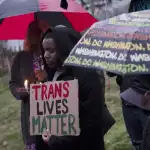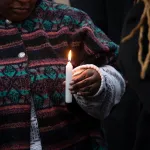Raquel Willis doesn’t remember the first time she heard the statistic, only that it struck her as terrifying and true. It went like this: The average life expectancy for a Black transgender woman was 35 years.
“Even 10 years ago, I had no access to understanding what a life beyond the present moment could look like for me as an openly Black trans woman,” said Willis, 31, an author and activist. “This kind of American dream has never fully considered the existence of trans people, queer people and, of course, not those of us who are racialized Black.”
The stat has been repeated year after year. Major media outlets report it as fact. Four years ago, another Black trans activist — Ashlee Marie Preston — launched the #ThriveOver35 social media campaign, aimed at showing examples of Black trans women living past 35 years old.
There was only one problem with the campaign: While that statistic felt true — and transgender women of color are more likely to be murdered than their cisgender female peers, experts say — it’s false.
Experts worry that this statistic gives trans people, especially Black trans people, an expiration date on their lives and creates a self-fulfilling prophecy.
“What you are doing is creating huge levels of fear, which causes high levels of stress, which will actually cause people to die younger,” said Laurel Westbrook, a professor of sociology and the author of “Unlivable Lives: Violence and Identity in Transgender Activism.”
There are different theories about how this statistic originated.
Westbrook, who has researched the lives and deaths of transgender people, recalled that a presenter at the Philadelphia Transgender Health Conference arrived at that conclusion by averaging the ages of one year’s transgender homicide victims, who were naturally younger.
“Most homicide victims are 30 or younger,” said Westbrook. “That doesn’t mean that most trans people will die by the time they’re 30.”
Most experts, however, cite another source. Avery Everhart, a postdoctoral research fellow at the University of Michigan, has also researched the life expectancy statistic and says it originates from a 2015 report by the Inter-American Commission on Human Rights on violence against LGBTQ+ people in Latin America. The document anecdotally mentions that, “Latin American organizations report that the life expectancy of trans women in the region is between 30 and 35 years of age.”
It makes no mention of the United States, nor does it provide data, Everhart points out.
“So it’s not even actually a true statistic,” Everhart said.
But the stat does tap into something real, experts say.
Transgender advocates have recorded transgender homicides annually since 1998 when Rita Hester, a Black transgender woman, was brutally murdered in her Boston apartment two days before her 35th birthday. Hester was killed just weeks after gay White college student Matthew Shepard. Unlike Shepard’s, her case got little attention, and even LGBTQ+ media misgendered her.
Since that time, LGBTQ+ rights groups have worked to track transgender deaths, often correcting police departments and media reports that misgender the victims. As a result, the number of reported transgender homicides has steadily increased as awareness has grown over the last 24 years. But advocates say the increased visibility of trans lives has been a blessing and a curse.
The past three years have seen unprecedented attacks on transgender people in state legislatures. According to the Human Rights Campaign, 13 states have signed anti-LGBTQ+ bills into law this year. 2021 saw the highest spike in anti-trans murders ever recorded at 57, a number that nearly doubled since past years. Some advocates say that those numbers are related, that as legislative attacks on trans people increase, violence against trans people also trends upward.
But Westbrook cautions that it’s hard to know how anti-trans bills and anti-trans violence are related because federal and local governments have never recorded transgender homicides in a systemic way.
“White trans people, particularly White trans men, are very unlikely to be killed in the United States,” said Westbrook. Trans women of color do face elevated rates of violence, Westbrook added, but those rates are not necessarily higher than cisgender Black men.
“And that is not because trans folks are protected in some way but because the homicide rates in the United States, for particularly young cis men of color, are so incredibly high,” Westbrook said.
In 2017, Alexis Dinno, an associate professor at Portland State University, analyzed the homicide rates of transgender people. She found that transgender women of color were more likely to be murdered than cisgender women. Data also shows that transgender women face staggering rates of employment discrimination, lack of access to health care and high rates of family rejection.
Willis says the statistic once communicated an urgency in the community. Today, she thinks trans people need more complicated stories.
“I think several years ago, it served a purpose to have such a focus on this pattern of violence, and we still have to continue to try and alleviate that issue,” she said. “But if we are not balancing the discussion around death with the discussion of the fullness of trans people of color and our lives, then we’re not giving a full story of what is possible once you are living authentically and vulnerably.”







